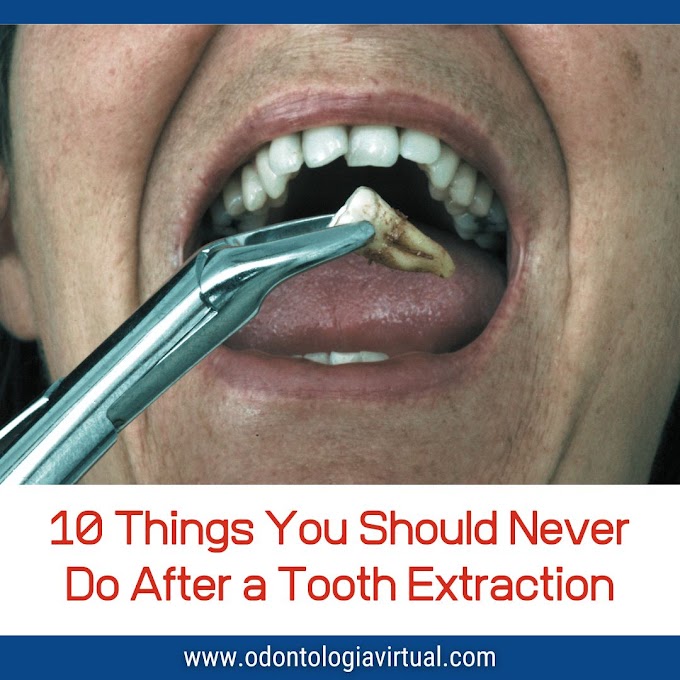Melanin-related gingival hyperpigmentation, while often physiologic rather than pathologic, can have a surprisingly strong impact on smile esthetics and patient confidence.
The recent study, “Transepithelial Gingival Depigmentation Using a New Protocol with Q‑Switched Nd:YAG: An In Vivo Observational Study”, published by Armogida et al., explores a minimally invasive laser protocol using a Q-Switched Nd:YAG device in a transepithelial approach to address this esthetic concern.
The authors enrolled ten patients presenting various levels of physiological gingival melanin pigmentation and applied a single to multiple sessions of the Q-Switched Nd:YAG laser (wavelength 532 nm; non-contact technique) without the need for local anesthesia.
Outcomes were assessed using the Oral Pigmentation Index (OPI) and Melanin Pigmentation Index (MPI) at baseline and three weeks post-treatment, along with patient-reported discomfort via the Numeric Rating Scale (NRS) during the immediate postoperative period.
Remarkably, complete depigmentation was achieved in all cases within one to four sessions, with only mild discomfort (NRS 0-3) and no major complications reported.
Even more compelling, no recurrences were observed at twelve-month follow-up.
These results suggest that the non-ablative transepithelial laser technique offers a promising, patient-friendly alternative to more invasive methods.
For clinicians seeking to refine their aesthetic gingival protocols, this study presents a timely and practical approach.
We invite dentists and specialists worldwide to review the full article and consider the implications for their own practices.
👉 Dentists around the world are encouraged to Download and review the full PDF of the article for detailed protocol parameters, clinical photographs, and follow-up data.













